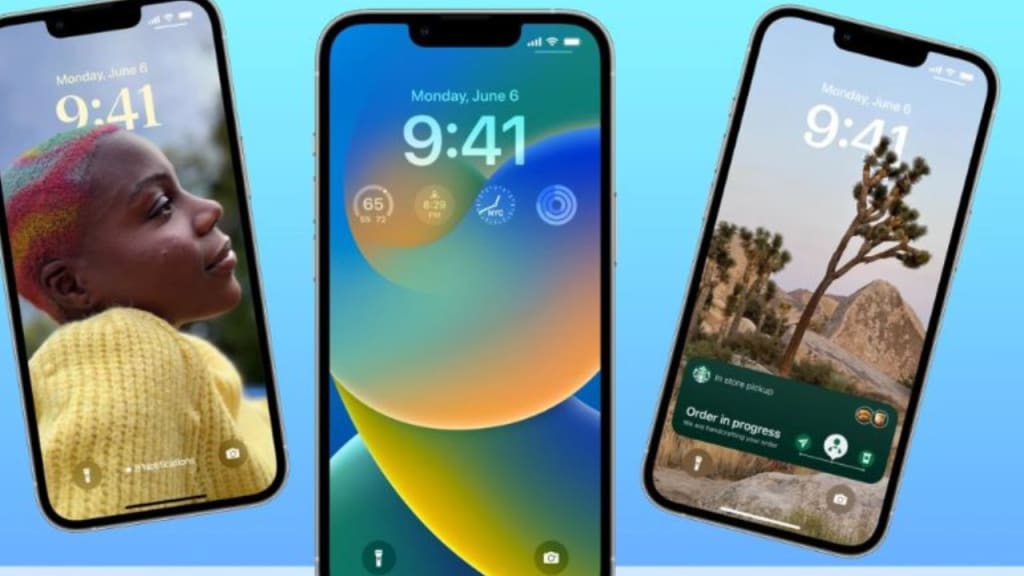What does the acronym 'iOS' stand for in the context of Apple's mobile devices, and how has this operating system evolved over time to shape the user experience and functionality?
How has the iOS operating system evolved since its inception, and what notable features and enhancements have been introduced in different versions to improve user satisfaction and meet the changing demands of the mobile industry?

iOS, which stands for "iPhone Operating System," has undergone significant evolution since its initial introduction, shaping the user experience and functionality of Apple's mobile devices. Over the years, Apple has continuously refined and enhanced iOS, introducing notable features and improvements to meet the changing demands of the mobile industry and enhance user satisfaction.
Starting with the first version of iOS, released in 2007 alongside the original iPhone, the operating system laid the foundation for the modern smartphone era. It introduced the concept of a touchscreen interface with multi-touch gestures, revolutionizing how users interacted with their devices. The initial iOS version focused on core functionalities such as calls, text messaging, web browsing, and email, setting the stage for subsequent advancements.
As iOS progressed, subsequent versions brought significant enhancements. iOS 2 introduced the App Store in 2008, enabling users to download and install third-party applications, expanding the capabilities of iOS devices. This marked a turning point, as developers could create innovative apps to cater to various needs and interests.
With the release of iOS 4 in 2010, multitasking capabilities were introduced, allowing users to switch between apps seamlessly and run them in the background. This enhancement improved efficiency and productivity, enabling users to perform multiple tasks simultaneously.
Another major milestone came with the launch of iOS 5 in 2011, which introduced iCloud, a cloud-based service that synchronized user data across multiple devices. iCloud brought seamless integration and ensured that photos, documents, contacts, and more were always up to date across iPhones, iPads, and Macs.
In subsequent versions, Apple focused on refining the user interface and introducing new features. iOS 7, released in 2013, brought a complete visual overhaul with a flatter design, vibrant colors, and translucent elements. It also introduced Control Center, allowing quick access to essential settings and functions.
iOS 9, released in 2015, introduced proactive features such as Siri suggestions, which offered relevant app suggestions and information based on user behavior and context. This version also introduced Split View and Slide Over, enabling multitasking on iPad devices, further enhancing productivity.
With iOS 12 in 2018, Apple emphasized performance optimizations, ensuring that older devices could still deliver a smooth and responsive experience. It also introduced Screen Time, a feature that helps users manage and limit their device usage, promoting a healthy digital lifestyle.
The latest major release, iOS 14, unveiled in 2020, brought several significant features. This included the App Library, which organizes apps automatically, and Widgets, which provided customizable information at a glance. Additionally, iOS 14 introduced App Clips, allowing users to access specific app functionalities without installing the entire app.
In conclusion, iOS, the iPhone Operating System, has evolved significantly over the years, introducing features like the App Store, multitasking capabilities, iCloud integration, and a revamped user interface. With each new version, Apple has focused on enhancing functionality, performance, and user satisfaction, ensuring that iOS remains at the forefront of the mobile industry and continues to shape the future of mobile devices.Continuing the evolutionary journey, iOS has embraced advancements in technology. With the advent of iOS 13, released in 2019, Apple introduced Dark Mode, providing users with a visually pleasing and energy-efficient interface. Additionally, iOS 13 introduced enhanced privacy features, including Sign in with Apple, which offers a secure and private alternative to third-party login options.
Looking ahead, iOS continues to evolve with each iteration. From iOS 15's focus on improved communication with features like FaceTime enhancements and enhanced notifications, to the integration of artificial intelligence and machine learning capabilities, iOS remains at the forefront of innovation. With each new release, Apple aims to provide an intuitive, seamless, and secure user experience that enhances productivity, connectivity, and enjoyment for millions of iOS device users worldwide.





Comments
There are no comments for this story
Be the first to respond and start the conversation.